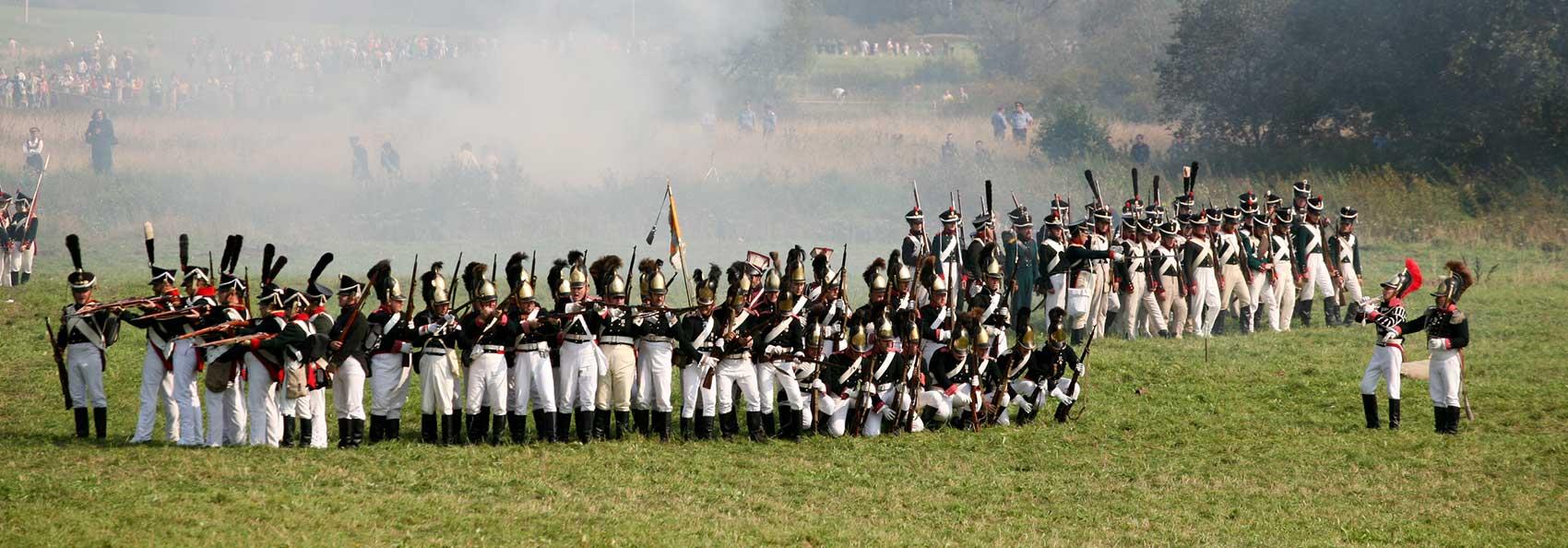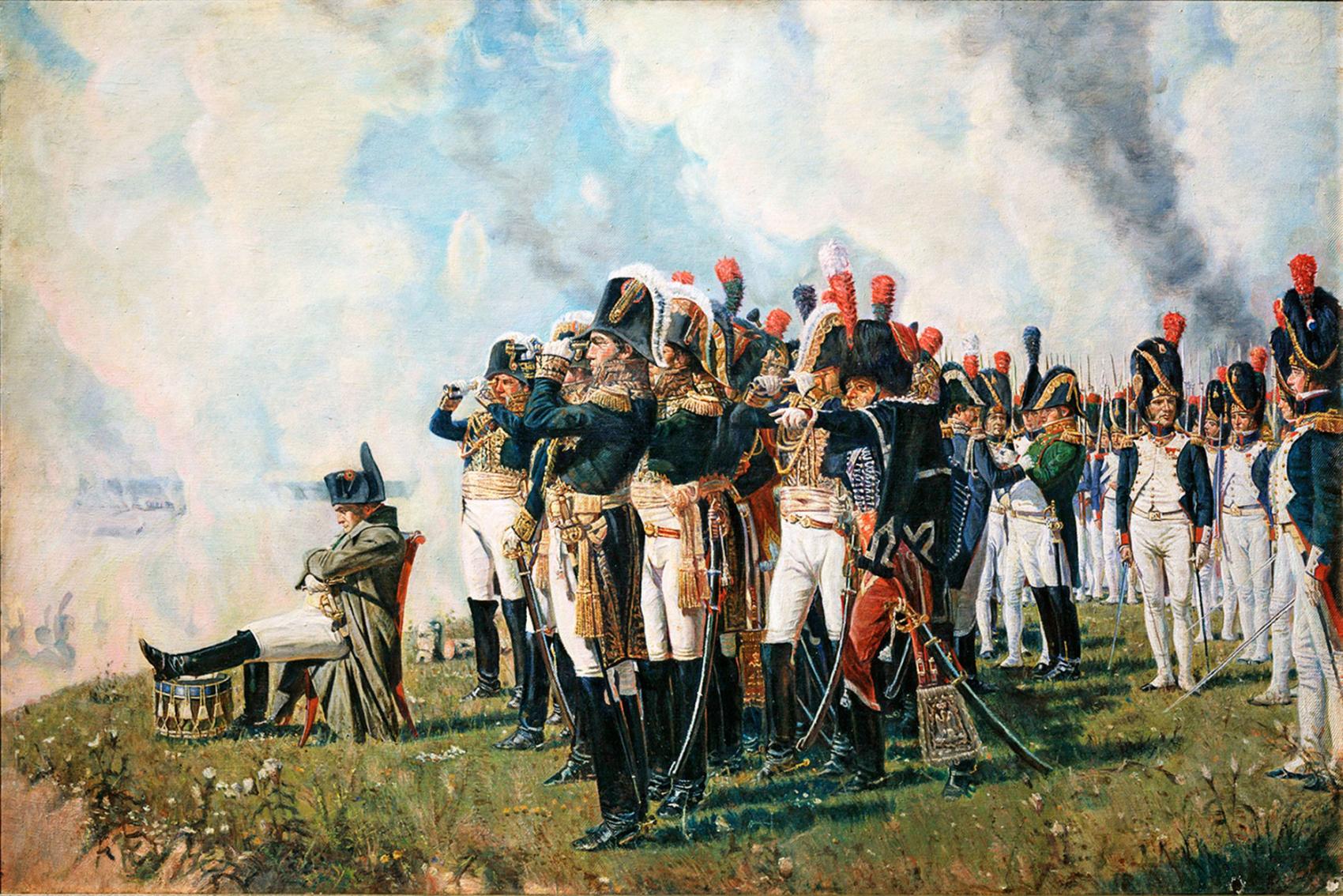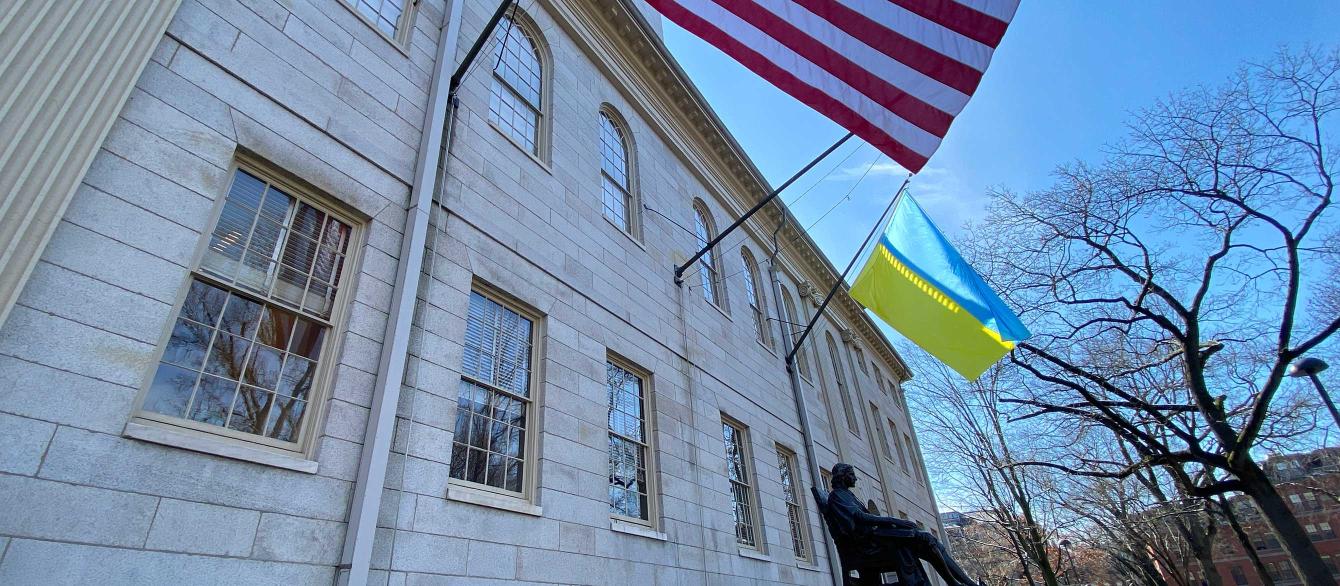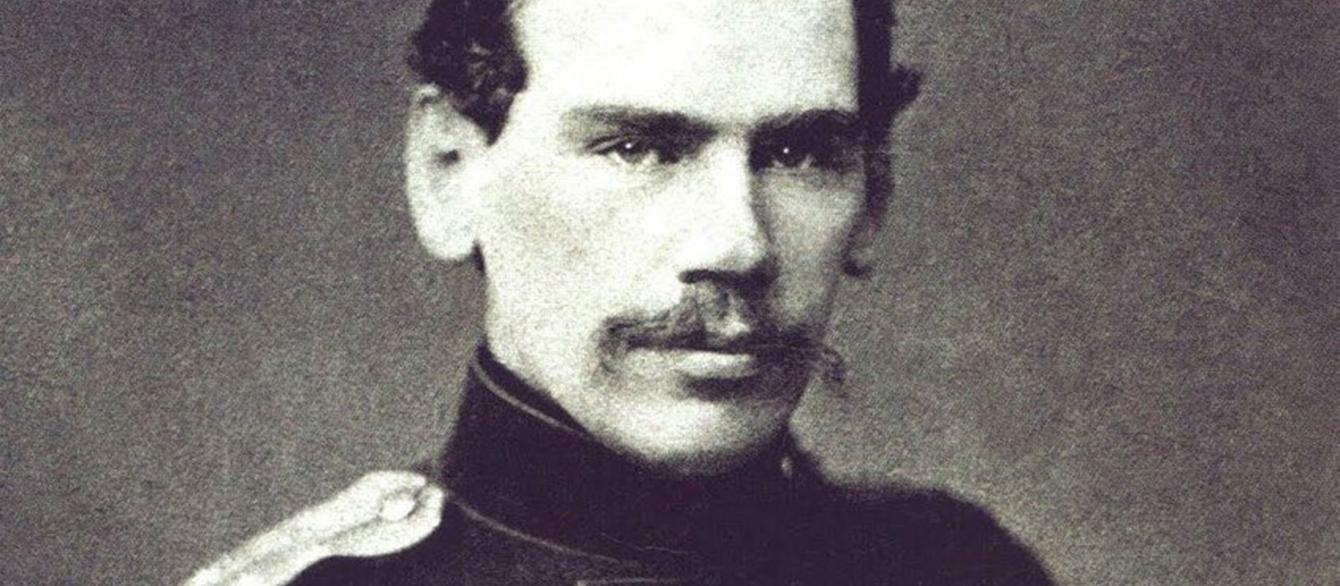Lev Nikolayevich Tolstoy was, perhaps above all else, a man who loved a hot take. War and Peace is a 1,200-page testament to Tolstoy’s evolving philosophies on history, historiography, and the nature of fate and free will, transmitted through a series of real historical figures from the Napoleonic campaigns of 1812, as well as through fictional characters of his own creation.
As a work of literature, War and Peace rejects all attempts at defining its genre in the traditional sense of the term. Tolstoy explicitly resisted calling his work a novel, despite the fact that it contains novelistic elements, and instead proposed his own sui generis form of historiography that is consciously skeptical of the very concept of historical narrative. In particular, Tolstoy took great pleasure in his criticism of canonical interpretations of 1812. He derided contemporary historians for bending their chosen narratives to meet the demands of nationalist apologism. Yet Tolstoy's novel eventually transformed into a historical document in its own right, and continues to shape the popular imagination of the Napoleonic invasion of Russia today.

A 2008 battle reenactment at Borodino.
But this begs the question—from where does Tolstoy derive his own narrative authority?
Tolstoy began work on the novel in 1863, and extensively consulted primary and secondary resources. He conducted interviews with war veterans and other eyewitnesses. Tolstoy himself had served as an artillery officer during the Crimean War in the 1850s, and he integrated his own memories and impressions of battle into the narrative of War and Peace.
Within the text, Tolstoy references documents, including battlefield dispatches and correspondence from key historical figures. Though this documentation follows an established methodology for historical reconstruction, it does not remain confined to the historically grounded parts of the text. Rather, Tolstoy deftly weaves his historical analysis into the fictionalized narrative. Tolstoy proposes a given interpretation of the Battle of Borodino, for example, and then his characters, as if in a scientific simulation or experiment, play the principle through to substantiate his claims.
Tolstoy deftly weaves historical analysis into fictionalized narrative. He proposes an interpretation of the Battle of Borodino, and then his characters, as if in a scientific simulation, play the principle through to substantiate his claims.
Tolstoy faulted contemporary historians for engaging in counter-factual speculation: military historians, he felt, were too preoccupied with whether or not Napoleon suffered a head cold on the eve of a decisive battle. Had he not been ill, the thinking goes, he might have issued different commands, the outcome of the battle may have been different, and history would have been changed forever. Tolstoy argues that this detail was immaterial to the outcome of the battle of Borodino, which was a decisive moment that led to the eventual defeat of the French army. He criticized the Great Man theory of history and argued that Napoleon and even Field Marshal Kutuzov, esteemed Commander in Chief of the Russian armies, were just as powerless to change the outcome of history as the lowest-ranking soldier.

Napoleon near Borodino (1897). From the series Napoleon I in Russia.
Yet what is the novel War and Peace if not its own form of counter-factual speculation? The difference, according to Tolstoy, is that his characters have no pretense of altering the course of history—Pierre Bezukhov and Andrei Bolkonsky merely bear witness to it, for the benefit of Tolstoy’s reader.
The narrative appeal of War and Peace ultimately proved as compelling as other patriotic interpretations. By the end of the nineteenth century, it had become historical referent in its own right, shaping the dominant narrative of the Napoleonic invasion in the popular imagination even within Tolstoy’s own lifetime. In the twentieth century, War and Peace enjoyed a revival in popularity in 1941 as the Soviet Union grappled with invasion by Nazi Germany, an existential threat analogous to the invading French army in 1812.
Herein lies the spiritual link between 19th-century Russian literature and issues of historical memory in contemporary Russia. The novel forces its readers to consider the disambiguation of historical narrative from our own motives and experiences. Who has the right to invoke history as justification for the present? What forms of historical narrative really speak to people? These questions are just as central to World War II commemorative practices in Putin-era Russia as they were with 1812 in imperial Russia, and even today, 19th-century narratives of patriotism and military triumph resonate and refract through time.






